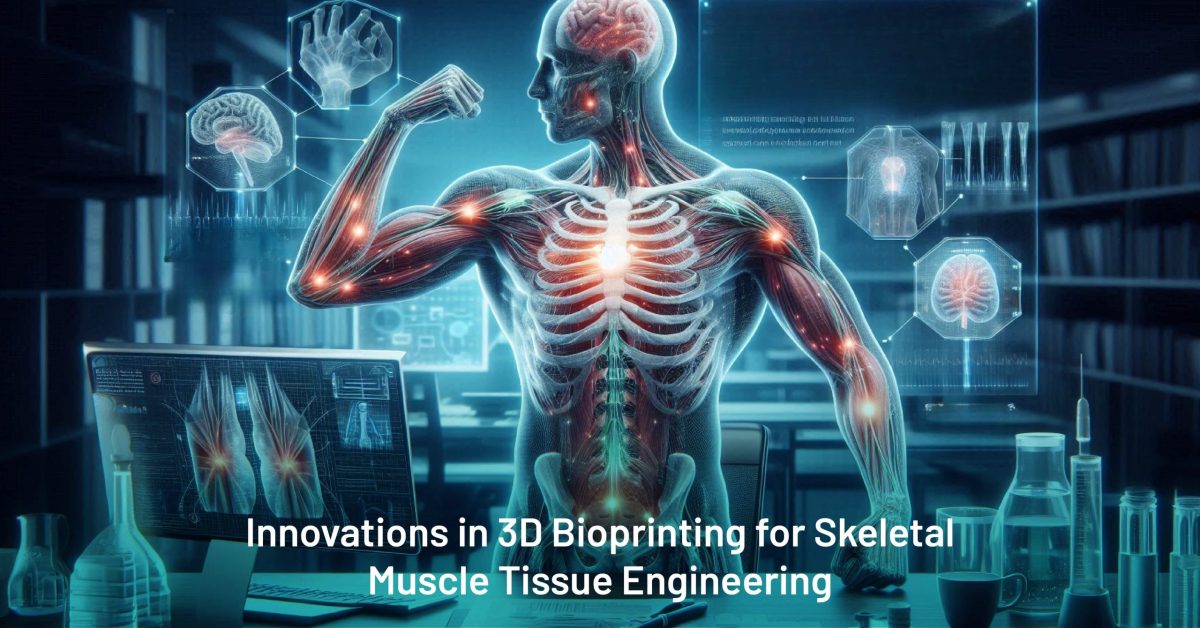Introduction
Skeletal muscle tissue is valuable tissue in the human body since it has features of strength and elasticity needed to enable the body to move and support its weight. However, when there is a large mass defect as a result of trauma, disease, or surgical resection, then developing new muscle is practically impossible using traditional methods of therapy. To this end, scientists have been employing novel strategies in research on skeletal muscle TE, and a special emphasis has been placed on 3D bioprinting. These techniques are advancing the field by providing the systematic construction of fine, biomimetic muscle tissues that duplicate the architecture, mechanical properties, and functions of musculature tissues. This article aims to identify the state of the art in technical advances in 3D bioprinting for skeletal muscle tissue engineering: techniques, materials, and clinical potential for advanced strategies in muscle repair.
The Evolution of 3D Bioprinting in Muscle Tissue Engineering
Stereolithography, or 3D bioprinting, is an efficient method of creating clinical structures and tissues; the approaches allow precise reciprocation of cells and materials. 3D bioprinting has the advantage of being able to create dynamic muscular structures, something that differentiates it from most traditional tissue engineering techniques where scaffolds often do not move. This works with bioinks, which include living cells, biopolymers, and growth factors that are layered successively in 3D to construct tissues. The major objective of muscle tissue engineering is to fabricate an architecture of the skeletal muscle tissue by enduring an aligned topographical pattern of muscle fiber orientation.
Modern developments have observed the incorporation of conductive materials and extensive fabrication strategies in improving the maturation and functions of the muscles formed via bioprinting. Functionally graded conductive hydrogels also have been designed for applications like biotransmission, which is pivotal to muscle contractility and overall tissue function. These materials replicate, in terms of electrical characteristics, the muscle tissue that is received from nature, which allows for myogenic differentiation as well as the development of fully developed muscle fibers.
